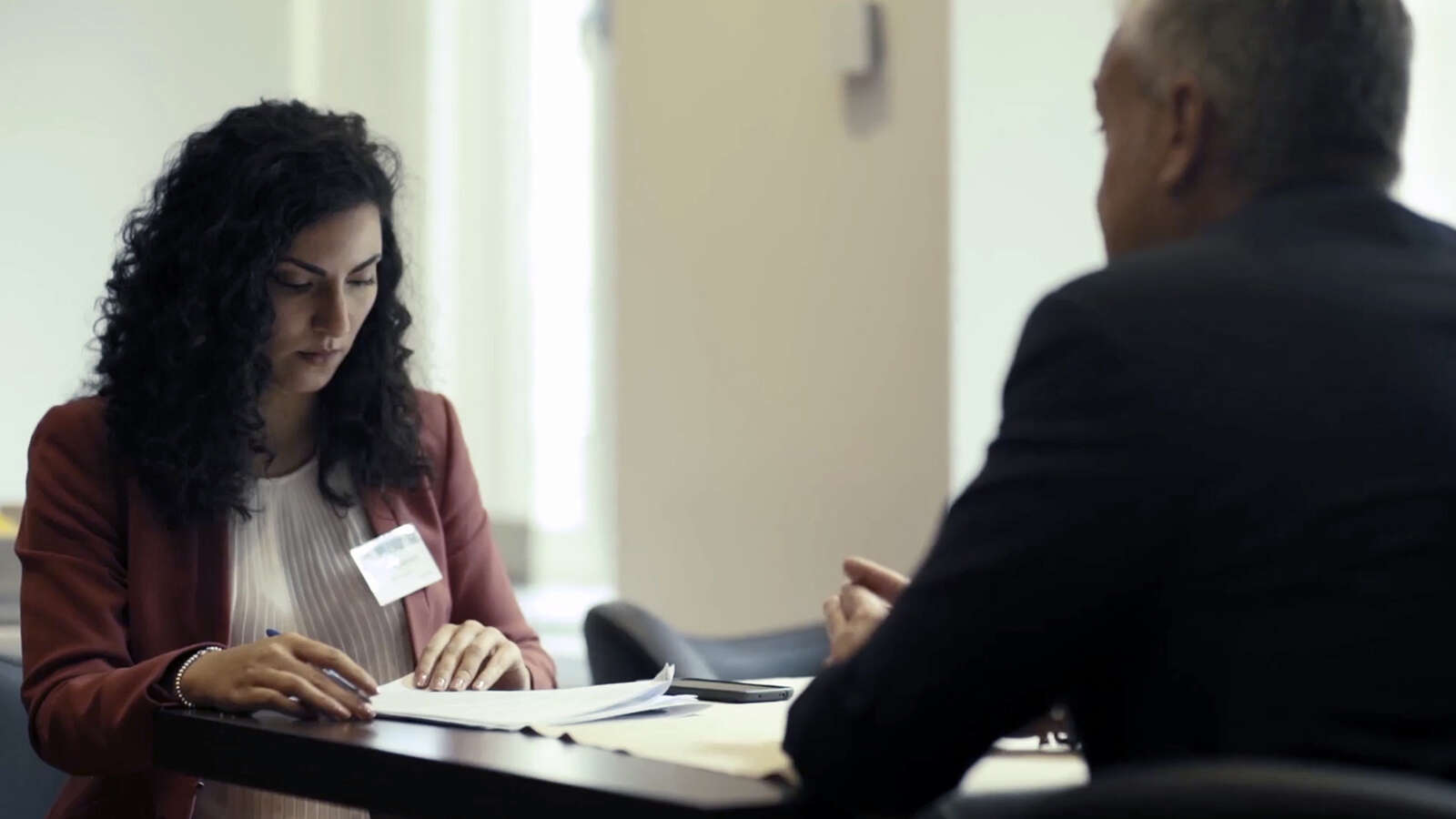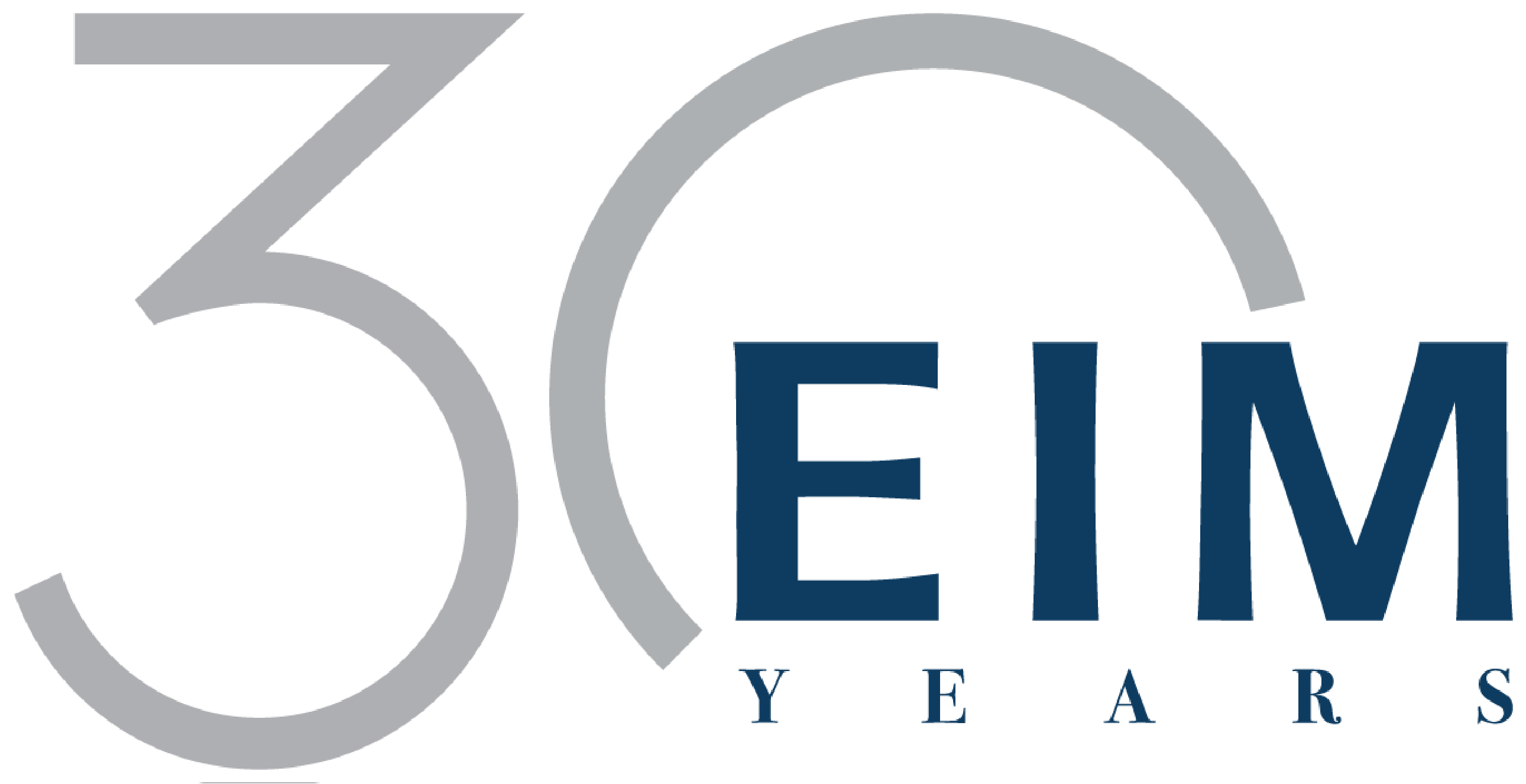
Agility Update February 2022
Welcome back to Agility Update. As the pandemic continues to plough through our lives, savvy leaders are busily planting seeds of the new in the fertile upheaval. Surveys and research findings are confirming that the brave and visionary are pulling away from the pack, and the error of margin in corporate transformation is thinning. ‘Work’ is also in flux, now that the WFH/remote work genie is out of its bottle. In this context, we offer 3 articles tackling the issues of designing a new work model, ingredients of a successful transformation, and the new leadership skills required to steer the ship to a new land.
Re-architecting Work
In under 2 years we have gone from less than 8% of Australians working from home to 40%. And says the Productivity Commission in its Working from Home report: “…all indications currently suggest we should not stand in the way of this evolution.”
Yet, we seem to be mired in the return-to-office tug-of-war. Insisting on returning to the old 9-5 Monday-to-Friday ways may not be to the best interests of business. Forward-thinking leaders considering new models of work to suit both the business as well as its people may find the following articles useful:
- Re-architecting work models by Deloitte sets out 4 future work model scenarios based on 2 axis – ‘When & Where’, and ‘How & What’ work is done. Re-designing work around the degree of choice and autonomy will also require a redefinition of how work is experienced. Deloitte lists 6 orthodoxies that should be challenged and illustrates with case studies for each.
- McKinsey offers the answer to What’s Next? by listing 7 actions that came up repeatedly in their discussions with business leaders around the world. These are effective remote working, organisational structures, supply chains, capitalism for the long-term, embedding sustainability, contact-free economy, and business in the new normal. In each case, McKinsey discusses which attitudes or practices businesses should stop, which they should start, and which they should accelerate. Taking supply chains as an example:
- Stop optimising supply chains based on individual component cost and depending on a single supply source for critical materials.
- Start redesigning supply chains to optimise resilience and speed.
- Accelerate ‘next shoring’ and the use of advanced technologies.
- Gartner’s survey of 800-plus HR leaders revealed 9 HR trends. The imperative, says Gartner, is to evaluate the impact of each trend on their organisation’s operations and strategic goals, identify which require immediate action and assess to what degree these trends change pre-COVID-19 strategic goals and plans. Two seemingly contradictory trend examples: 32% of organisations are replacing full-time employees with contingent or gig workers as a cost-saving measure, yet other employers are expanding their role in their employees’ financial, physical, and mental well-being.
For Australian resources like checklists and guides, see ComCare Australia's Coronavirus resources hub and Safe Work Australia’s Covid-19 information for workplaces hub. See also how Australian software company Atlassian uses 18 virtual team building activities and games to keep its remote and hybrid teams strong.
Transformation: Winners double their benefits
The latest version of BCG’s transformation survey has found that companies that wield the levers of transformation well saw their realised value jump from 32% in 2020 to 66% in 2021. The reduction in cost overruns grew from 10% in 2020 to 21% in 2021.
On average, however, transformation performance has worsened in all dimensions compared to the 2020 survey results. Fewer than half (46% in 2021 against 73% in 2020) of all transformations now realise their target value. Costs have nearly doubled, and the average delay in timelines has tripled. Of the approximately 1000 companies surveyed, both engagement among company leaders and buy-in among employees have declined significantly.
The 3 levers of transformation have not changed. They remain holistic management of change journey, consistent leadership alignment, and employee-centric change management. But the same playbook is leading to bigger differences in performance. Fortunately, BCG’s survey data yielded crucial insights for each change lever:
- Holistic management of change journey
- 90% of transformation leaders articulate a clear case for change, compared with just 74% of companies with failed transformations.
- 77% of transformation leaders establish clear value drivers, compared with just 52% of less successful companies.
- Consistent leadership alignment
- 49% of transformation leaders had complete alignment of the leadership team and consistent communication throughout the effort, compared with just 26% of transformation failures.
- 60% of leaders have a communication roadmap in place, compared with just 40% of transformation failures.
- Employee-centric change management
- 46% of transformation leaders explicitly focus on employees as the epicentre of change, compared with 29% of laggards.
Changing Leadership Skills
Omicron taught Australia an unforgettable lesson: healthy people are key to a healthy economy. Building on the lessons of Delta that proved rapid digital adoption – remote work, telehealth etc – was more a function of attitude rather than technology, navigating the pandemic era is pointing to the need for new leadership skills.
Instead of hoping the pandemic will be over soon, CEOs should activate the Stockdale Paradox. “In short, accept that things are really difficult, and will likely stay this way for a long time, but that eventually, things will get better. And in the meantime, focus on making things better that are in your control,” explains David Rock, the cofounder of the NeuroLeadership Institute, a cognitive-science consultancy that has advised over 50% of the Fortune 100. Read more at 4 leadership trends to watch in 2022.
In Australia, top researchers at UQ Business School advise leaders to:
- Build a positive culture in remote teams: incorporate more ongoing emotional support, learn to identify cyber-bullying, and how to manage inter-personal team conflict in a virtual environment.
- Adopt an entrepreneurial change mindset: learn to clearly identify and understand the characteristics of change, understand the type of opportunities it is likely to bring, and understand how and when to act on the change.
- Put wellbeing at the centre of leadership to drive performance: find a balance to maximise outcomes across all 8 components of well-being – economic, material, physical, psychological, social, cultural, environmental, and spiritual – instead of focusing on just 1 or 2.
- Eradicate ethical blind spots: proactively look for and eradicate ethical blind spots e.g., competitive cultures that motivate individuals to focus on short-term goals and gaming / cheating; authoritarian leadership etc.
- Adopt a triple bottom line approach: failure to place equal concern on social and environmental implications as it does on financial ones presents a risk of losing a business’s social licence and the support of its community, employees, and investors.
Read also Forbes magazine’s 4 Lessons For Leaders From 2021 For 2022 in which CEOs share their experiences from focusing on what the market is missing, stepping outside their comfort zone, connecting on a human basis, taking a proactive approach in employees’ mental health and well-being, to collaboration and trusting the intelligent, motivated, and committed people they hired to build the company’s vision; and also MIT Sloan Management Review’s article about the key changes managers must make to adapt to the workplace of 2022.

EIM AUSTRALIA
EIM (Executive Interim Management) was founded to meet the need in client organisations for experienced leaders at short notice to facilitate and accelerate change. We are an independent global partnership backed by the experience of over 10,000 assignments worldwide.
Arrange a consultation >